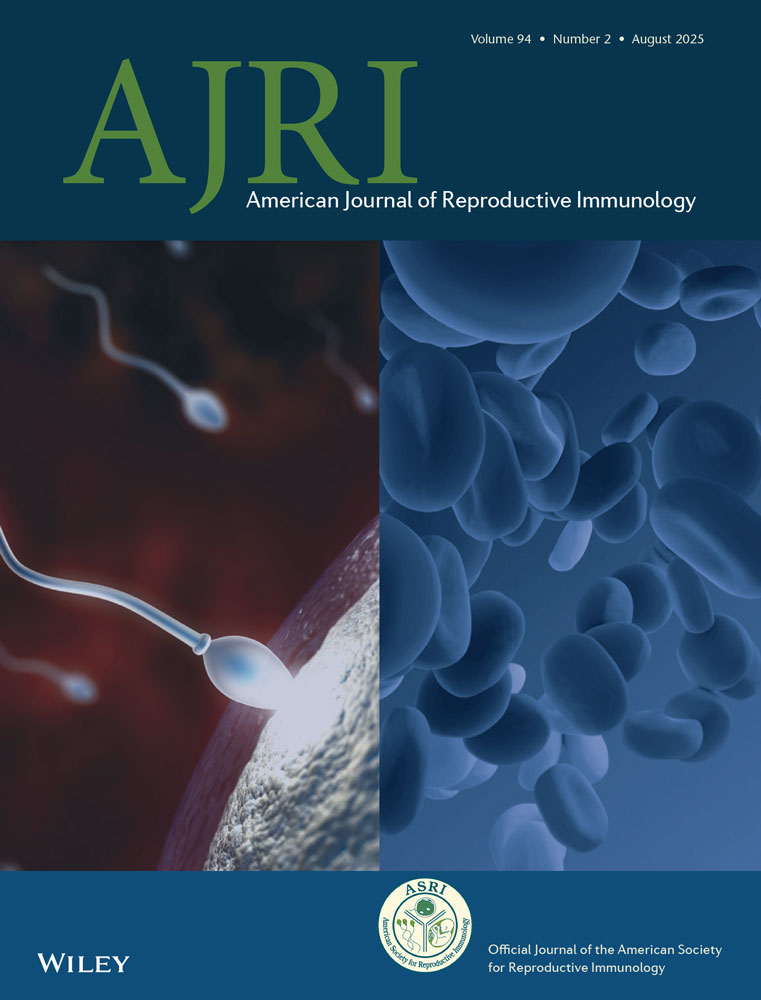Interspecies-specific Ovarian Autoantigens Involved in Neonatal Thymectomy-induced Murine Autoimmune Oophoritis
Abstract
PROBLEM: Thymectomy of mice on day 3 after birth (3d-Tx) gives rise to the appearance of a particular type of ovarian lesion known as experimental autoimmune oophoritis (AIO).
METHOD: In the present study, the spleen cells from BALB/c mice having undergone 3 day-Tx AIO were fused with X63-Ag8-6.5.3 myeloma cells, and a number of hybridoma clones producing autoantibodies against ovarian tissue were established.
RESULTS: On the basis of immunohistochemical and protein-chemical analysis, two independent clones, designated as T2.2 and S1.6, were found to react with interstitial tissues surrounding the follicles. These monoclonal antibodies showed broad cross-species reactivity, in that they recognized similar antigenic macromolecules in the rat, pig, human, and mouse. The antigenic determinants were strongly resistant to heat and acid, especially to the treatment of periodic acid, indicating that the antigenic determinants had no relation with carbohydrate components.
CONCLUSIONS: By antibody affinity chromotography, two kinds of autoantigens were identified. SDS-PAGE, under reduced or nonreduced conditions, revealed an 80/85 kDa protein for T2.2, and an 82 kDa for S1.6, respectively.




